One of the most prolific tourist attractions in the city of Paris can be found on Montmartre hill and is called the “Basilica Sacré-Coeur” or simply the “Sacré-Coeur.”
It’s a Roman Catholic church that is honoring the Sacred Heart of Jesus and has been classified as a “minor basilica,” a title given to churches by the Pope.
In this post, we’ll check out some interesting facts about the Sacré-Coeur regarding its construction, and purpose and to help you learn everything about this amazing church in Paris.
1. How old is the Sacré-Coeur?
The initial idea to build the church came about in 1870. French troops just suffered a defeat in the Franco-Prussian War and it was blamed on a “moral decline” in society.
The obvious thing one can do to repent is to build a huge church on top of a hill, which is exactly what happened.
The construction of the basilica began in 1875 and it took nearly 39 years for it to be completed in 1914.
Obviously, in those days, the construction of a massive monument like the Sacré-Coeur wasn’t as easy as it would be today.

2. What architectural style is the Sacré-Coeur built-in?
One of the most interesting facts about the Sacré-Coeur is the style of architecture it embodies.
In 1873, a competition was held for architects to determine the design of the new basilica on Montmartre Hill.

The design of the French architect Paul Abadie was chosen as the winner ahead of 12 other submissions.
In light of the reason why the basilica was built in the first place, the winning design needed to be completely different from the neo-Baroque excesses of for instance the Palais Garnier, which basically represented the decadence of the Second Empire of Napoleon III.
The result was a somewhat original interpretation of a Romano-Byzantine architectural style.
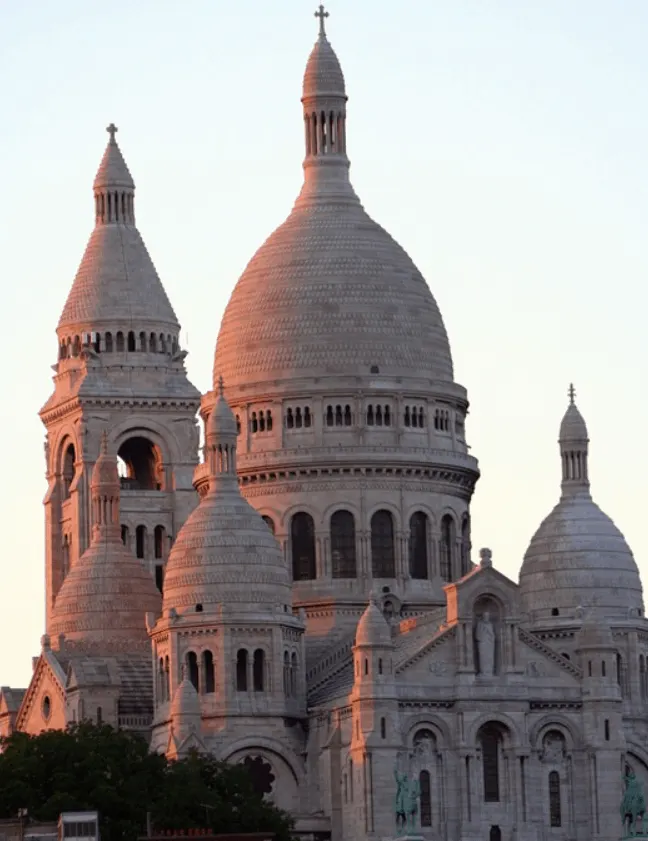
3. The location has been holy for a long time
The location of the Sacré-Coeur didn’t just inspire the French to build a monument there. Being one of the highest points in Paris and knowing that the region has been inhabited for thousands of years, it’s obvious this was the perfect location for worship.
Before the Christian era even began, it was believed that the location was a place of worship for Paganism.
When the Romans ruled the land and therefore the city they called Lutetia (current Paris), they built temples on the same location to honor the Gods Mars and Neptune.
The first Christian church was built on the same spot in honor of the first Bishop of Paris, Saint-Denis.
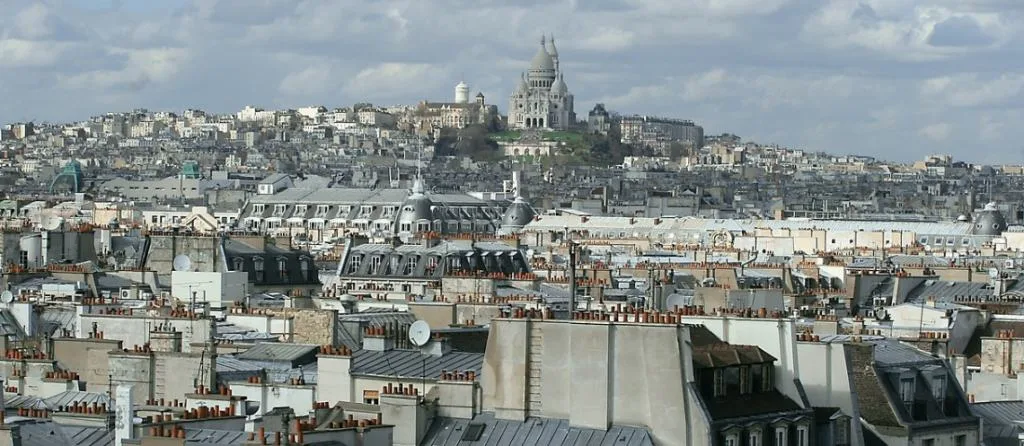
4. A place of pilgrimage
The Sacré-Coeur honors the sacred heart of Jesus Christ, which is what Christians believe to be a symbol of the infinite compassion of God.
Ever since 1885, the Blessed Sacrament has been on display above the big Altar. This has made the Sacré-Coeur a place for pilgrims from all around the world to visit the basilica and honor it.
On 16 October 1919, shortly after the First World War, the church was finally consecrated.

5. The Sacré-Coeur is very white
The first thing you notice when you see the Sacré-Coeur from a distance is that it appears to be perfectly white. Especially in contrast to the other buildings in Paris.
The reason for this is because of a particular type of limestone the basilica was built in called “travertine.” This type of stone actually cleans itself when in contact with water because of a substance it releases called “calcite.”
The stones were quarried in Château-Landon in the Seine-et-Marne department of France, and are the same type of stone used to build the Arc De Triomphe on the Champs-Élysees.
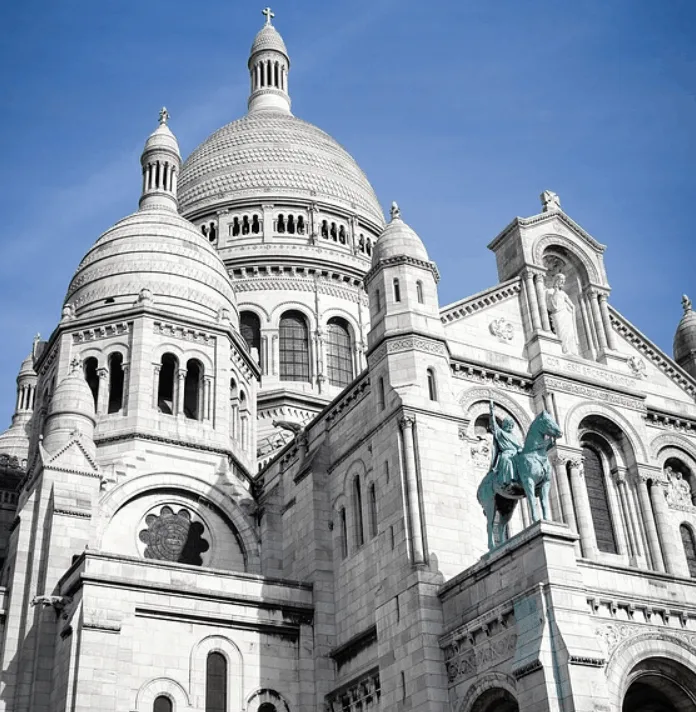
6. It gives you an amazing view
Reaching the Sacré-Coeur isn’t easy. You need to take a lot of steps, and especially on a hot summer day in Paris, this can be quite tiring.

The reward you get though isn’t just being able to visit a remarkable basilica. You also get an amazing view of one of the most beautiful cities in the world, Paris.
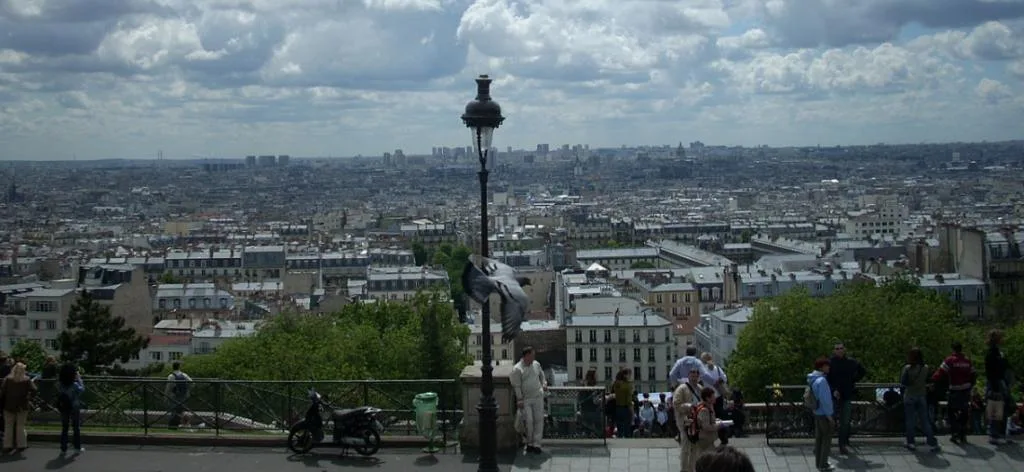
More interesting facts about the Sacré-Coeur
6. The top of the Sacré-Coeur is the second-highest point in Paris. Do you know what the highest point in Paris is? Yes, that’s right, the famous Eiffel Tower.
7. It’s also not the most visited church in France, but the second most visited one with over 10 million people visiting every year. Can you guess the most visited church? Yes, that’s right again, Notre Dame welcomes over 13 million visitors every year.
8. Part of the reason why it took so very long to construct the church (39 years to be exact) is that the money to build it was completely donated by parishes from all over France.
9. The entire cost to build the church was about 7 million Francs. A chapel was put on the site for pilgrims to visit and collect donations. In 1877 about 240,000 Francs were donated and this number grew every year.
10. The main bell (there are 5 in total) inside the basilica is the fifth largest in Europe and weighs about 18,835 kg (41,524 lbs). A total of 28 horses were needed to bring the bell into the church back when it was installed on October 16, 1895.
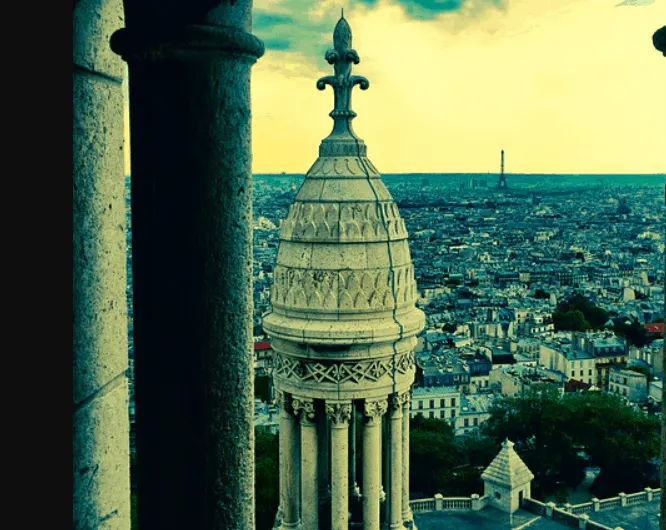
11. Money wasn’t the only thing that was being donated for the construction of the Sacré-Coeur. The huge bourdon, referred to as “The Savoyarde,” was donated by the department of the Savoie in France (hence the name).

12. The biggest bell in all of France only rang during special holidays such as Easter, Pentecost, Ascension, Christmas, the Assumption, and All Saints’ Day. It’s so big and loud that it could be heard from 10 kilometers (6.21 mi) away!
13. The Sacré-Coeur contains one of the biggest mosaics in the world called the “Apse Mosaic.” It was inaugurated in 1923 and is called “Christ in Glory.”

14. The last great instrument built by the famous organ builder Aristide Cavaillé-Coll is the pipe organ present in the Sacré-Coeur. It was built in 1898 and was bought by the basilica in 1919.
15. The pipe organ in the basilica is considered to be one of the most remarkable in all of Europe. so much so that the French government classified it as a national monument in 1981.
16. The basilica is located within walking distance of the famous “Place du Tertre” in the lovely neighborhood of Montmartre. Here you can find plenty of artists who want to immortalize you in the form of a painting.

17. A much smaller version of the Sacré-Coeur can be found in the French overseas region of Martinique. It’s called the “Sacré-Coeur de la Balata” and was built in honor of the people driven from their homes by the eruption of a nearby volcano in 1915.
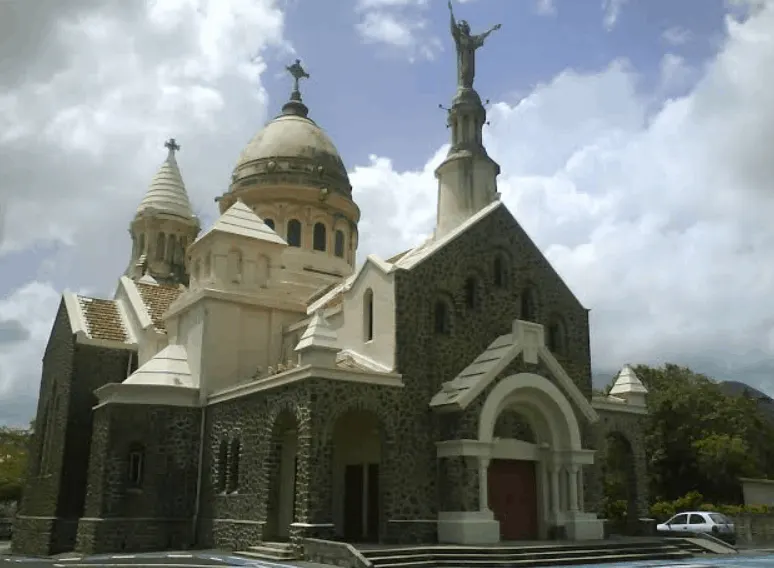
18. The left of the two statues above the entrance of the Sacré-Couer is that of King Louis IX, the only King to ever be canonized (recognized as a Saint) by the Catholic Church. The right statue is that of Joan of Arc who was canonized in 1920.

